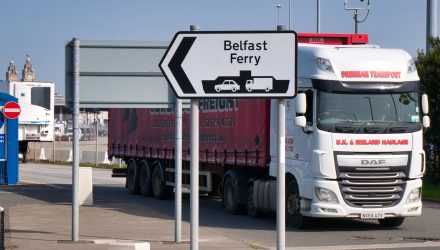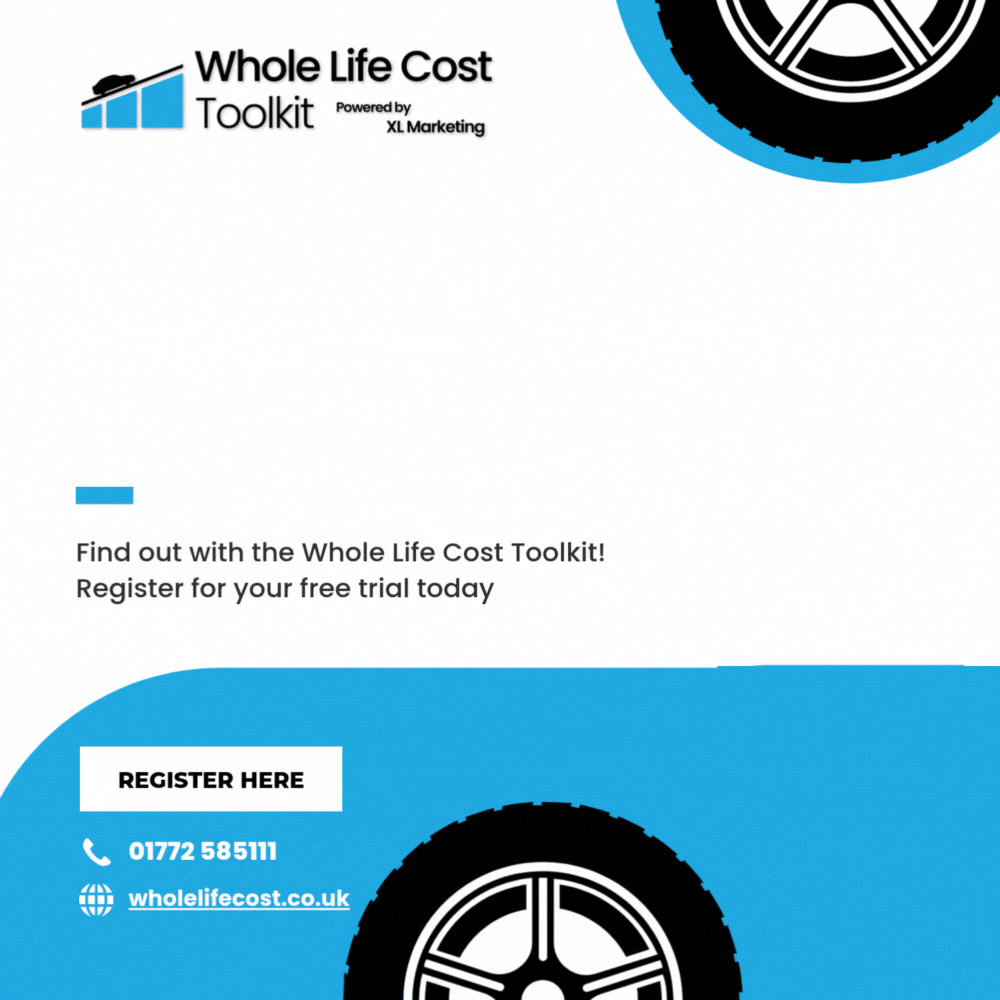Waiting on returns is the hardest part of adapting your fleet. After all that work, it’s natural to want to see the fruits of your labour sooner rather than later and think it’s all for naught if you don’t. However, a well-laid plan often takes time to show its full potential. Explore why smarter delivery routes are so important for fleet teams and what to consider when creating them.
Benefits of Planning Strategic Routes
Planning more efficient delivery routes has a host of advantages for fleet and transport managers:
- Faster deliveries and pickups: Optimising routes for deliveries and pickups enables drivers to get where they need to be quicker. That speed can bolster client satisfaction and improve the vehicle operator’s workflow.
- Reduced fuel use: Smarter delivery paths will consider fuel usage as much as the time to the destination. The fastest way there might not be the most efficient. Driving 60 mph rather than 75 mph uses 18% less fuel, so highways aren’t always the best choice.
- Slower vehicle wear and tear: According to fleet professionals, route-planning solutions can minimise wear and tear because they make the most optimal use of the vehicle. Reducing the amount of time it’s in use lowers the amount of damage it naturally experiences during operation.
- Improved profits: Planning ahead lowers excess material use and prevents rushed decisions that may end up being wasteful. Drivers can get where they need to in the fastest and most efficient way, which decreases fuel and maintenance spending. They may also encounter fewer instances where it’s necessary to make a hasty choice, like getting off a traffic-packed highway to make their schedule.
How to Create Strategic Routes
The first step is analysing your location in relation to your business partners and customers. Where your warehouse is impacts the flexibility, productivity and cost of your distribution operations. If the fleet makes regular deliveries, grouping each into zones, finding the most efficient path between the stops in them, and maintaining these for each day provides predictability and the most cost-effective route.
However, many need to update their routes daily. Peak traffic times are vital to finding the fastest and most fuel-optimal course. The highest delays and lowest speeds tend to occur in the morning and evening periods of 7 a.m.-10 a.m. and 4 p.m.-7 p.m., respectively. Planning around and for these is a significant streamlining boon. It’s also important to account for last-minute changes, either with on-demand operators, stop additions with clear communication or a specific slot for short-notice orders.
Keep detailed records of the optimisation methods you try. Some efforts may be incredibly successful, while others have the opposite effect. There may even be trials that make no difference. Immediate returns might not show the full story, so tracking these routes lets you see what worked and what didn’t.
Once you analyse multiple paths for speed and fuel efficiency, crews can make stops faster, and their less-frequent refuelling and maintenance can start to widen your profit margin. Then, you could lower prices, which can draw in more clients to optimise for, expanding your bottom line.
Plan Early to See Big Returns Later
The trouble with smarter delivery routes is that they may not seem better at first. Competitors often prioritise speed or fuel economy, but the real change happens when you plan for both. You may not see immediate results, but over time, these optimised paths can be a significant boon to profits and expenses.
Evelyn Long is the Editor-in-Chief of Renovated Magazine






